Volume 25 #3, Issue 116French Flair
Our last Mystery Aircraft was a ...HAWKER DANECOCK / DANKOK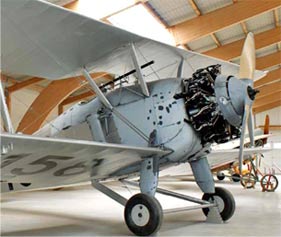
Although one of the lesser known inter-war RAF fighters, the Hawker Woodcock was significant in its own right. It was the first to be specifically designed as a night-fighter and the first fighter to enter production in post World War One Britain. The Danes had an already good relationship with an English aero company, having purchased and also licence built the Avro 504, so consequently had little hesitation in placing an order following an evaluation of the Woodcock II demonstration aircraft. Hawker Engineering were asked to supply three similar aircraft and the Danes also commenced negotiations to acquire a license for production of further examples, adopting the name Dankok. Here we look at the type and also focus on the only known survivor. Finland's Hurricane -The VL PYÖRREMYRSKY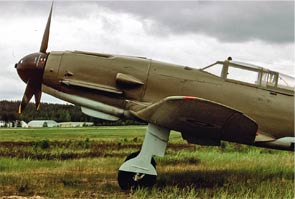
From the end of the Winter War into the early part of the Continuation War, Finland’s State Aircraft Factory was still producing the obsolete Fokker D.21 fighters which, although had performed admirably, were now no longer capable in combat. Their replacement was the indigenous VL Myrsky (Storm), series production of which had begun in 1942 prior to the fighter entering operational service in August 1944. However there were also plans to build a more capable fighter - the VL Pyörremyrsky (Hurricane). Circumstances saw only one example built and fortunately that aircraft survives today. This article looks at the aircraft’s troubled life. The Smith Selection
Percival Passion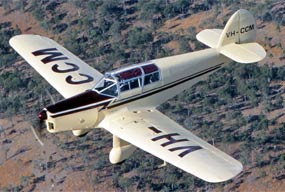
In 1930s Great Britain, wood and fabric were still popular materials for aircraft construction and during that Golden Age of aviation some delightfully stylish wooden monoplanes began to emerge from UK factories to challenge the biplanes of the day for supremacy in the skies. The de Havilland Aircraft Company, Avro , Spartan, Miles brothers, and Australian born Edgar Percival all contributed. The new ‘Gull’ series by Percival Aircraft really ‘hit the ground running’ with reliable, robust and notably fast touring aeroplanes and the name ‘Percival Gull’ was soon linked to impressive record flights spanning much of the globe. Here we take a look at the evolution of the type. Kip Aero's Sopwith 1 ½ Strutter
Breathing life back into capable classicAs global interest in ‘Golden Age’ classics continues to grow, it is pleasing to see the labour intensive restorations of these wooden touring monoplanes that emerged from the well known British companies are starting to breathe life into a growing number of these types. Although built for military service during WWII, the Proctor was effectively a ‘sheep in wolf’s clothing’, having evolved from the elegant Vega Gull, so restored examples can be returned to their military uniforms or take on the civilian colours that a great many wore for the decades that followed WWII. In this feature, Brian Turner details the journey to bring one such survivor back to full health. |
|



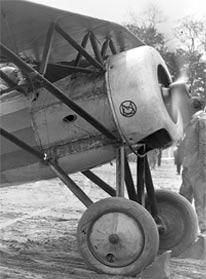 The French Air & Space Museum at Le Bourget, Paris, houses two historic aerobatic aircraft: a Morane- Saulnier AI piloted by Alfred Fronval and a Dewoitine D 530 piloted by Marcel Doret. Between 2012 and 2016 these two aircraft were restored at the museum's workshop. Due to their very different states of preservation they have been restored in two opposing ways - a ground-up restoration on the Morane and a minimum intervention on the Dewoitine. Both aircraft were modified in accordance with the wishes of their pilots, and as such they are not representative of production models. The work took place in parallel in order that both aircraft could be integrated into a new exhibition presenting the interwar period. Here, in what is a two part article, the author details the work done to return the Morane to its 1927 glory days..
The French Air & Space Museum at Le Bourget, Paris, houses two historic aerobatic aircraft: a Morane- Saulnier AI piloted by Alfred Fronval and a Dewoitine D 530 piloted by Marcel Doret. Between 2012 and 2016 these two aircraft were restored at the museum's workshop. Due to their very different states of preservation they have been restored in two opposing ways - a ground-up restoration on the Morane and a minimum intervention on the Dewoitine. Both aircraft were modified in accordance with the wishes of their pilots, and as such they are not representative of production models. The work took place in parallel in order that both aircraft could be integrated into a new exhibition presenting the interwar period. Here, in what is a two part article, the author details the work done to return the Morane to its 1927 glory days..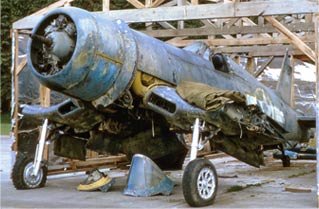 The treasure trove which is the ‘shed’ and surrounds of the late John Smith of Mapua, Nelson, New Zealand is not just because of the iconic aircraft and the huge number of parts on the property. Discovered in various containers in the nooks and crannies of his house were a substantial number of transparencies (slides), which have captured some stunning scenes, some familiar - some not. We are pleased to present a selection here and hope to add more in the future as they come to light.
The treasure trove which is the ‘shed’ and surrounds of the late John Smith of Mapua, Nelson, New Zealand is not just because of the iconic aircraft and the huge number of parts on the property. Discovered in various containers in the nooks and crannies of his house were a substantial number of transparencies (slides), which have captured some stunning scenes, some familiar - some not. We are pleased to present a selection here and hope to add more in the future as they come to light. 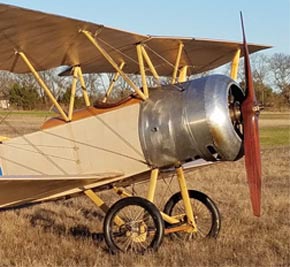 Great War aviation enthusiasts have shown the desire to recreate their favourite fighters of the period for over half a century. Some of the more experienced craftsman have done great work building small numbers of reasonably accurate reconstructions, when original engines have been found. More commonly however, substitute engines have been fitted to aircraft of substitute construction methods, so that almost every one of the WWI recreation efforts by homebuilders over the years has been an exercise in compromise. This is entirely understandable, mindful of the limitations at play. This article describes the arrival of an impressive Sopwith product from Kip Aero in Texas, and coupled with its outstanding Gnome rotary engine from CAMS Ltd in New Zealand, the game has changed forever! You can now, for the first time, buy all the ingredients you need to recreate for yourself, an entirely accurate WWI aircraft...
Great War aviation enthusiasts have shown the desire to recreate their favourite fighters of the period for over half a century. Some of the more experienced craftsman have done great work building small numbers of reasonably accurate reconstructions, when original engines have been found. More commonly however, substitute engines have been fitted to aircraft of substitute construction methods, so that almost every one of the WWI recreation efforts by homebuilders over the years has been an exercise in compromise. This is entirely understandable, mindful of the limitations at play. This article describes the arrival of an impressive Sopwith product from Kip Aero in Texas, and coupled with its outstanding Gnome rotary engine from CAMS Ltd in New Zealand, the game has changed forever! You can now, for the first time, buy all the ingredients you need to recreate for yourself, an entirely accurate WWI aircraft...